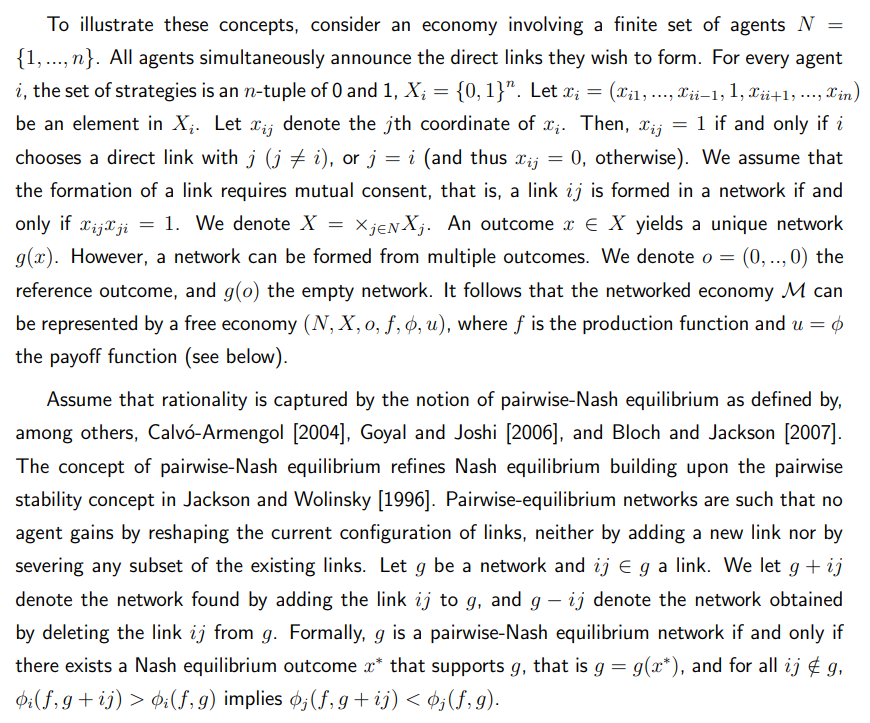The "blockchain revolution" in banking: Tokenized deposits become a new battleground in global finance.
From "de-banking" to "banks on the blockchain"
Over the past decade, the narrative of digital currencies has been dominated by "decentralization." Bitcoin has challenged the sovereign currency system, stablecoins have reshaped payment logic, and decentralized finance (DeFi) has made banks seem sluggish and cumbersome.
But starting in 2024, the balance seems to be shifting – banks are making a comeback. They are no longer arrogantly observing from the sidelines, but are using "tokenized deposits" as a weapon to try to regain control of the digitalization of money.
Tokenized deposits are not a new currency, but rather an on-chain mapping of bank deposits. Each token represents a real account balance, possessing both the on-chain liquidity of stablecoins and the legal force of bank liabilities. It marks the beginning of the "second phase" of financial digitalization: from the "decentralized rebellion" of the crypto world to the "institutionalized on-chaining" of the banking system.
Singapore: A Pioneer in the Institutionalization of Cross-Chain Interoperability
DBS Bank of Singapore and Kinexys, a subsidiary of JP Morgan, are developing a cross-chain tokenized deposit interoperability framework that aims to enable real-time interoperability between JP Morgan's Deposit Tokens (based on Ethereum L2 Base) and DBS's permissioned blockchain.
In the future, corporate funds may be able to settle freely between different banks and blockchains 24/7, without needing to go through SWIFT or clearing banks. This reflects Singapore's consistent regulatory logic: not to resist new technologies, but to institutionalize and absorb them. In their view, tokenized deposits are not a replacement for stablecoins, but a compliant evolution of stablecoins.
Hong Kong: Regulatory Ambitions to Build a "Multi-Tier Currency" Framework
In late October, Eddie Yue, Chief Executive of the Hong Kong Monetary Authority, wrote an article in The Hong Kong Economic Journal entitled “Paving the Way for Hong Kong’s Digital Economy”, announcing that Hong Kong will establish a multi-tiered digital currency system encompassing the Central Bank Digital Hong Kong Dollar (CBDC), tokenized deposits, and regulated stablecoins.
This framework reflects Hong Kong's institutional thinking:
- At the central bank level: strengthen sovereign currency control through the digital Hong Kong dollar;
- At the commercial bank level: using tokenized deposits to handle enterprise-level payments and clearing;
- Market level: Allow stablecoins to circulate within the Web3 ecosystem.
Hong Kong is not betting on any particular form of digital currency, but rather building a multi-layered, coexisting, and complementary monetary ecosystem that allows innovation and regulation, efficiency and security to coexist harmoniously.
Britain: A Realist Approach to Institutionalized Experimentation
In September of this year, six major banks, including HSBC, Barclays, and Lloyds, jointly launched a pilot program for tokenizing the British pound, which is expected to last until mid-2026. The pilot program covers not only cross-border payments but also mortgage processes and digital asset settlements.
Bank of England Governor Bailey once pointed out: "The significance of tokenization lies not in creating new risks, but in making the old system more efficient." This statement reveals the core of the UK's strategy—establishment first, then approval. Before stablecoin regulation is finalized, the UK has chosen to conduct a controlled experiment with "tokenized deposits," trading regulatory tolerance for innovative foresight.
Japan: A Pragmatic Shift Beneath a Conservative Exterior
Japan has always been cautious, but it is quietly making progress. SBI's Shinsei Bank is testing cross-border settlements using tokenized deposits to reduce the cost and delays of foreign exchange clearing within the Asian region.
Compared to the slow progress of central bank digital currencies (CBDCs), tokenized deposits offer Japan a more realistic middle ground: remaining within the regulatory framework while simultaneously improving efficiency. This aligns with the consistent logic of Japanese monetary policy—to achieve a structural shift while maintaining a "prudent" approach.
Sovereignty, efficiency, and overall situation
From a global perspective, tokenized deposits are not merely a technological experiment, but a race for monetary sovereignty and institutional modernization. Stablecoins have enabled the US dollar to achieve de facto global expansion on the blockchain, but at the same time, they have weakened central banks' control over the digital form of their currencies. Tokenized deposits offer another possibility: reshaping settlement efficiency and liquidity order, with institutions as boundaries and blockchain as the underlying technology, without relinquishing sovereignty.
The future monetary system may present a three-tiered structure:
- Central Bank Digital Currency (CBDC): Sovereignty and Settlement;
- Banking layer (tokenized deposits): Payments and credit;
- Market Layer (Stablecoins and RWA): Global Liquidity and Asset Digitization.
These are not replacements for each other, but rather together they constitute the underlying architecture of the new finance.
Real-world assets are truly being put on the blockchain.
A recent report from Bank of New York Mellon (BNY) indicates that by 2030, the total size of stablecoins and tokenized cash will reach $3.6 trillion, with tokenized deposits and money market funds accounting for half of that. This means that blockchain is moving from the external laboratory of the financial system into its underlying infrastructure. "Going on-chain" is no longer a technological choice, but an evolution of the system.
The curtain is slowly rising on this grand "institutionalization on the blockchain" within the global banking system.
You May Also Like

Disney Pockets $2.2 Billion For Filming Outside America

The Economics of Self-Isolation: A Game-Theoretic Analysis of Contagion in a Free Economy
